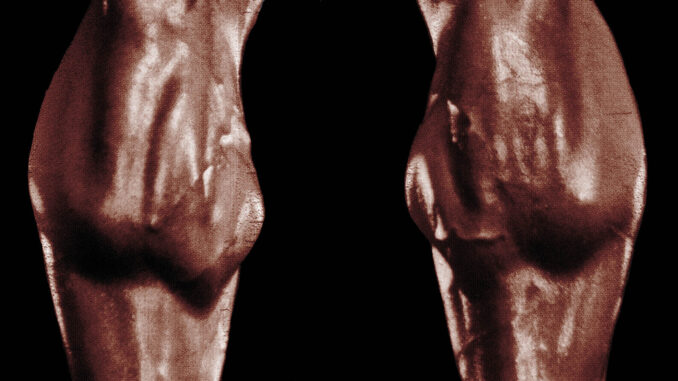
Transcript
Continuing from part one, why did Arnold’s calves appear to have higher insertions when viewed from the front versus viewed from the back? Gastrocnemius topography can vary wildly and most of the anatomy charts are copies of copies, of copies. For example, practically every anatomy chart depicts the rectus femoris differently than what you see in bodybuilders. According to the illustrations, the rectus femoris divides the vastus medialis and vastus lateralis pretty widely, all the way down to the knee. Yet, in bodybuilder after bodybuilder, the vastus medialis and vastus lateralis are much closer, towards the knee. There’s also the consideration of what the muscles look like flexed vs unflexed and maybe some type of imaging could clear that up. A similar lack of clarity exists with mapping the gastrocnemius. There is the general classification of the medial and lateral heads of the gastrocnemius but the particular details within those two heads don’t seem to be named. Other than the dismissive, non-explanation that, it’s genetic, there has been little effort to notice, much less explain, the variations in gastrocnemius topography, which, for this discussion, is separate from muscle length. There are bodybuilders like Matt Mendenhall and, to a slightly lesser degree, Mike Mentzer, who had a tremendous bump on their inner, lower gastrocnemius when they flexed their calves. Conversely, and unlike with quadriceps, there are other bodybuilders whose calves conform very neatly to anatomy charts. No swirling lumps or crazy bumps. Arnold’s maze of gastrocnemius may be unique in bodybuilding. The recessed areas are likely more tendinous. There is this muscular strip of the inner head of the gastrocnemius coming down from joint level and looping back up again, and then there’s a little pocket on the inner calf where there’s a concentration of muscle, undiminished by tendon. That is the inner peak you see on Arnold’s calves from the front. If this more tendinous area right here were filled in with muscle, Arnold’s calves would appear lower from the front. The muscular versus tendinous areas weren’t as pronounced when Arnold wasn’t flexing his calves. Like unflexed quads, the calf detail area became more of a blur when Arnold wasn’t flexing.
You can see more clearly why Arnold’s calves look longer from the back in this photo. For starters, the gastrocnemius crosses the knee joint and attaches to the femur, so you’re seeing more calf from the back, but Arnold also had pronounced upper gastrocnemius development and detail, which attracted the eye. On the lower calf, you can see that his calves are actually a few inches longer than how they appear from the front. These are the peaks you’re seeing from the front. They’re in more context when seen from the back and are seen as a small aspect of a bigger mass as opposed to the main aspect of the gastrocnemius that peaks out medially when the calf is viewed frontally. Arnold’s left calf peaks out a little lower than his right but you have to make sure the photos you reference aren’t flipped to test this out.
Arnold had a good balance of aesthetics and freakiness. He had long calf bones, small knee joints, good muscle length, and extraordinary shape and size but, on demand, his calves could turn into a muscular labyrinth which, while a shocker in his time, remains unique to this day.
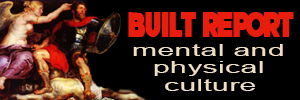
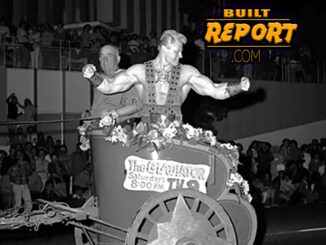
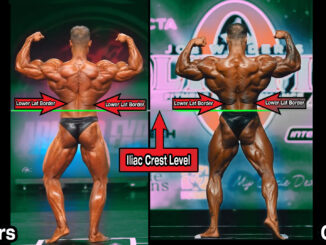
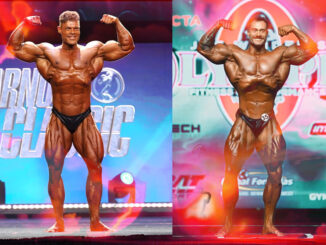
Be the first to comment